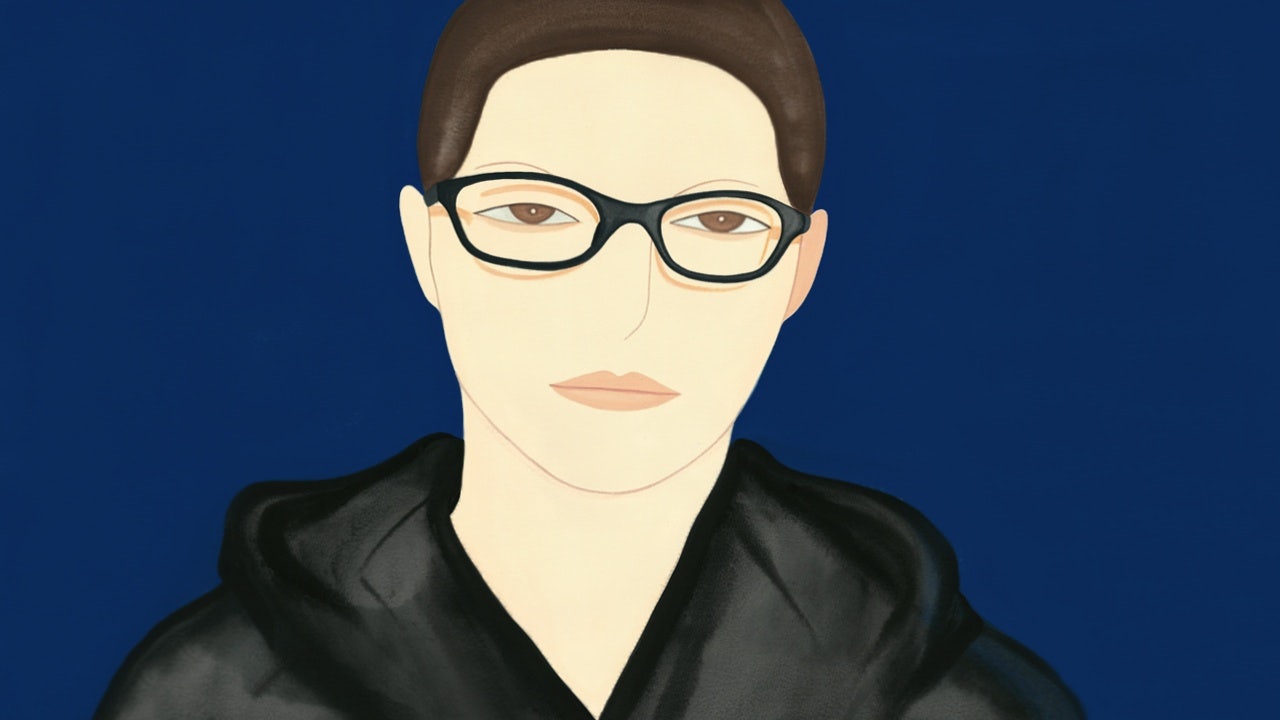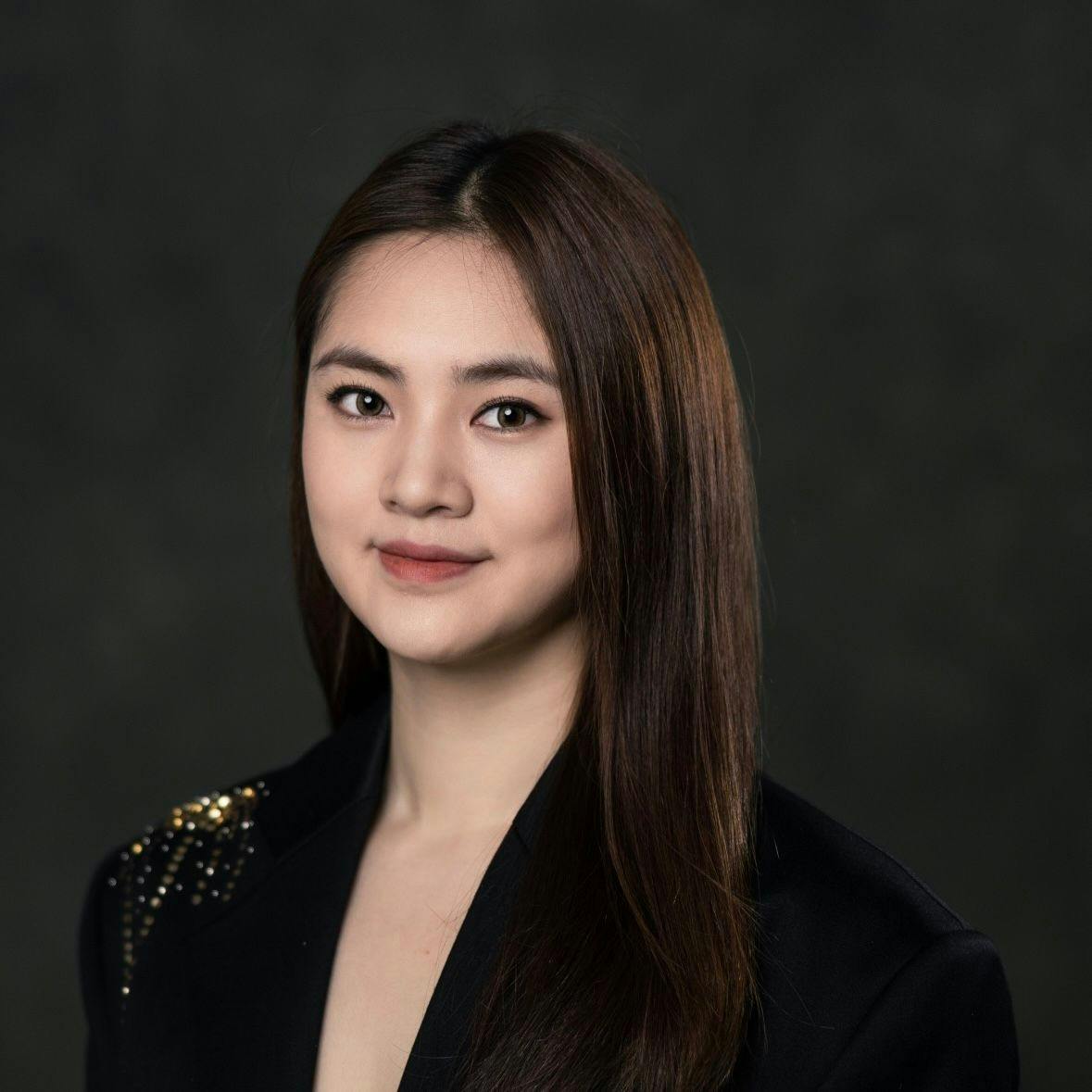Chinese fashion curator and critic Pooky Lee is the next highlight in Jing Daily’s community of individuals who connect Chinese audiences and global brands via exhibitions. This section profiles industry leaders who are contributing to the national and international fashion communities through their business practices, from designers and creatives to business executives and influencers.
Unlike typical Chinese fashion influencers sharing the latest trends and product launches with their followers, Pooky Lee focuses on moments, archives, and criticism on his Weibo account "时装史bot" (Fashion History Bot) and "pookylee." In addition to being an archivist and researcher, he is a curator who communicates with audiences through exhibitions.
Lee made his name in the fashion industry as the features editor at the fashion publication Modern Weekly China, under the direction of fashion veteran Shaway Yeh. However, during the transformation of traditional publishing in the early 2010s, Pooky realized the limitations of two-dimensional printing for his journey of self-expression. He had the epiphany when he interviewed Andrew Bolton, the head curator of the Metropolitan Museum of Art's Costume Institute in New York City. For the first time, he realized how dynamic and innovative curatorial activities can be, in translating his critical engagement with fashion. Fascinated by the medium of exhibitions, he decided to attend the University of the Arts London to study fashion curation.

After immersing himself in London’s fashion scene and studying with Judith Clark (a well-known curator and exhibition-maker based in London), Pooky returned to Shanghai to expand upon an online archival project he founded in 2014 called ExhibitingFashion. The venture quickly went from a WeChat Subscription Account to a fashion curation studio.
In the past five years, Lee has been engaged in the blockbuster exhibitions of luxury houses such as "Christian Dior: Designer of Dreams"and "Understanding Anna Sui: Fashion and Subculture Movement," as well as significant local fashion exhibitions like "New China Chic: A Fusion of East and West." While most of his engagement was behind the scene, he became a discerning observer of China’s fashion industry, especially when it comes to communication strategies. And his role is more important than ever in the new-normal world.
Offline events have resumed in post-pandemic China, with the country’s younger generations in a frenzy for art and culture. Brands are looking to leverage museum exhibitions and cultural events as a part of their China strategies. Jing Daily spoke to Lee about his role as a fashion curator, the future of fashion exhibitions, and his take on how brands can tap into this promising opportunity.
As a fashion curator, what’s your role in connecting global brands to local audiences?#
I see myself as an educator who can help local fashion enthusiasts learn the discourse of fashion beyond just consumption. At the same time, I am also a middleman between brands and local consumers. Some brands are eyeing the huge spending power of China’s market, but many others are looking to increase their brand awareness through dynamic storytelling and localized content production, with a dedication to learning and understanding local consumers. Thus, my job is to build a bridge to help brands and local audiences have a better understanding of each other.
Could you tell Jing Daily about your fashion curation studio?#
ExhibitingFashion was born out of my personal interest in fashion history and curation. We introduce the legacies of fashion houses and culturally significant fashion designers to Chinese readers via interviews and writings. Besides sharing our output on WeChat and Weibo, we collaborate with institutions, museums, galleries, brands, and creatives to launch projects on culture and fashion subjects. These include seminars, film screenings, workshops, editorial work, and exhibitions. Meanwhile, helping brand clients optimize their communication strategies is part of our business. Our expertise lies in culture-oriented content production, from consulting to coordinating and final execution.
Has your work schedule been impacted by the COVID-19 pandemic?#
The crisis is quite disruptive to our exhibition business. A large-scale exhibition normally asks for abundant time — ideally half a year — to do research and coordinate. Due to the pandemic, we had no choice but to put our exhibition projects on hold, as museums and galleries closed their doors during the first half of the year. Our collaborations with many global brands were either canceled or delayed indefinitely due to travel restrictions and other uncertainties. However, thanks to the early recovery of China’s market, the consulting business has seen a positive increase, which offsets my reduction in offline exhibitions.
Many brands opted to launch digital presentations amid the pandemic. Has this trend challenged the tradition of a physical show?#
I think virtual shows and exhibitions are a solution to lockdowns and social distancing and bring more possibilities for the industry. However, though many museums and galleries have rolled out the alternative, few of them have seen huge popularity from viewers. Clothing, in particular, lies in its relationship with the surrounding world. Thus, digital presentations can hardly replace the physical one, from my perspective.
Since fashion curation is relatively new to China, how can brands create a show or event that will resonate with local audiences?#
Today, Chinese audiences are well-educated, sophisticated, and thirsty for art and culture. Thus, local institutions are more open-minded to fashion-related exhibitions to help drive their visitor traffic and increase their monetization capabilities. This move provides more opportunities for global brands to tap into exhibitions as a way to communicate.
But at the same time, as local viewers are exposed to various exhibitions, they can see differences and expect sincere contribution from brands. Many brands opt to feature local celebrities in China with touring exhibitions, which is a common practice to increase engagement. While celebrity endorsements can add to the event, the goal should be to create new content tailored to local viewership. If the exhibition is curated for marketing and devoid of content, it will not be well-received.
Many luxury houses, such as Dior and Chanel, have hosted art and fashion exhibitions in China. What do you think of this trend, and what are the implications for brands?#
For Chinese viewers, the semantics of exhibitions are quite vague and are frequently mixed with fairs or pop-ups to involve retail and product exposure. The ultimate goal of hosting exhibitions is to bring audiences fresh experiences to enrich brand equity. For established fashion houses like Dior, they can hold orthodox museum exhibitions that focus on the brand’s legacy. As I mentioned, they need to focus on curation and exhibits instead of socialization.
Yet, according to our collaboration with local brands, they expect to achieve goals ranging from exhibition engagement to sales growth. But it’s quite challenging to simultaneously drive both engagement and sales through one exhibition. For smaller and emerging brands, I would recommend they break up their goals and take things step-by-step. The return on investment for enriching brand identity and strengthening sociocultural responsibilities needs to be evaluated in the middle-long term.

